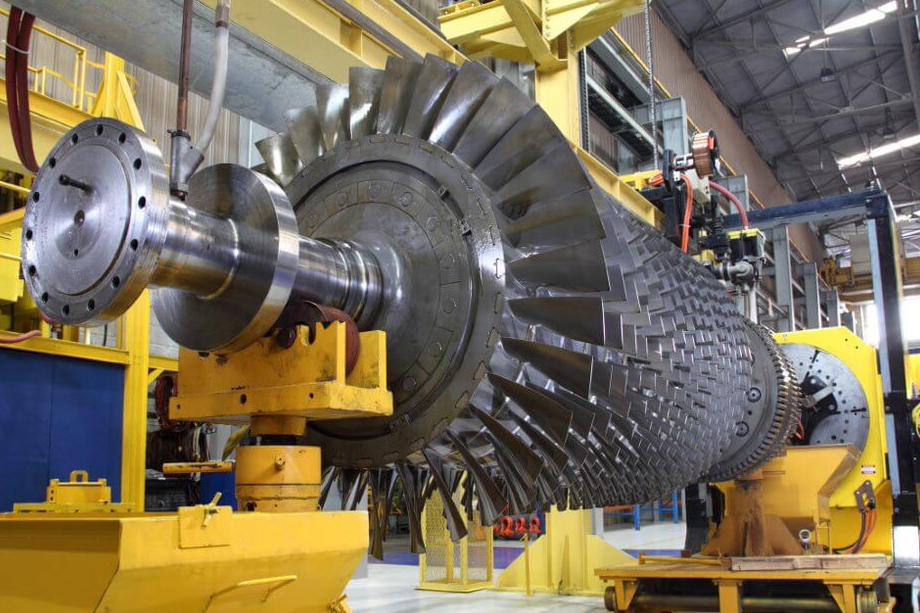How do different 3D printing technologies require different post-processing techniques?
How Do Different 3D Printing Technologies Require Different Post-Processing Techniques?
Powder Bed Fusion (PBF)
Processes like Selective Laser Melting (SLM) and Direct Metal Laser Sintering (DMLS) create high-density metal parts with fine detail but leave rough surfaces and residual stress. Common post-processing includes:
Heat Treatment: To relieve internal stress and modify microstructure.
Hot Isostatic Pressing (HIP): To eliminate internal porosity and enhance fatigue life.
CNC Machining: For precision surfaces and tolerance-critical features.
Surface Finishing: Includes polishing, sandblasting, or electropolishing for improved function and appearance.
Material Extrusion (FDM/FFF)
Fused Deposition Modeling (FDM) and Fused Filament Fabrication (FFF) often produce parts with visible layer lines and low dimensional accuracy. Post-processing requirements include:
Support removal via trimming or chemical dissolution.
Surface smoothing by sanding, vapor polishing, or epoxy coating.
Painting or UV coating for aesthetic or functional finish.
Thermal annealing for select materials to improve strength and reduce warping.
Vat Photopolymerization (SLA, DLP, CLIP)
Processes like SLA, DLP, and CLIP yield smooth-surfaced resin parts but require:
Post-curing under UV light to achieve full mechanical properties.
Washing with solvents (e.g., IPA) to remove residual resin.
Painting or PVD coating for surface protection or visual enhancement.
Polishing for transparent or high-precision applications.
Binder Jetting
Binder jet parts are typically weak in their green state and require:
Debinding and sintering for strength and density.
Heat Treatment to further improve mechanical properties.
HIP for metal parts to remove internal porosity.
Surface Treatment such as coating or impregnation to improve durability.
Material Jetting (PolyJet, MMJ)
PolyJet and Multi-Material Jetting (MMJ) produce highly detailed resin parts but often require:
UV post-curing and cleaning of support material.
Light polishing or coating for visual quality.
Special care in handling due to low thermal resistance of uncured or thin-walled parts.
Ceramic 3D Printing
Ceramic 3D Printing requires:
Binder removal and high-temperature sintering.
HIP to improve density and reduce flaws.
Minimal machining due to ceramic brittleness—parts must be near-net shape.
Recommended Services by Technology
Neway offers full post-processing capabilities tailored to printing methods:
CNC Machining: For metals and rigid resins.
Heat Treatment: For superalloys, titanium, and tool steels.
Hot Isostatic Pressing (HIP): For metal and ceramic densification.
Surface Treatment: Includes painting, anodizing, polishing, and coating.
Thermal Barrier Coatings (TBC): For high-temperature metal parts.



